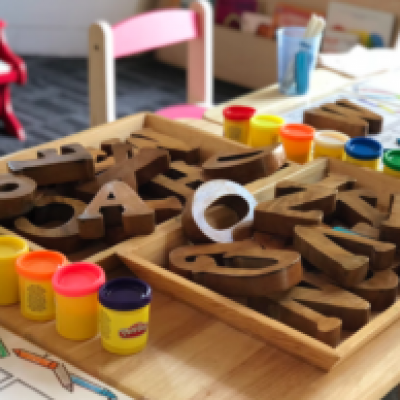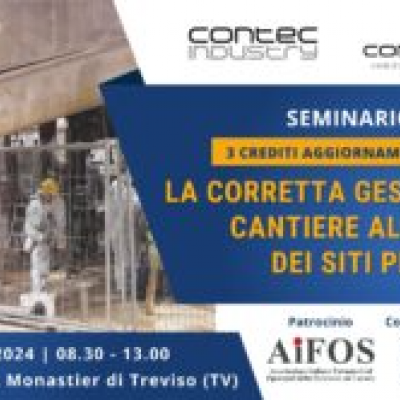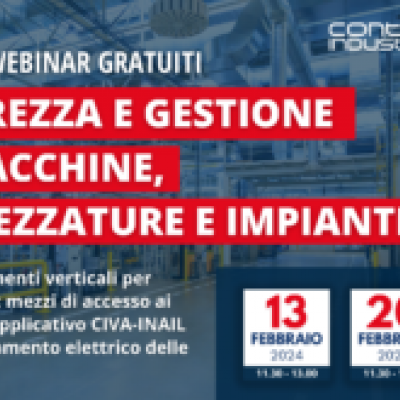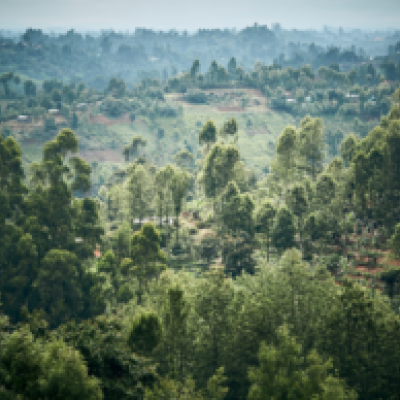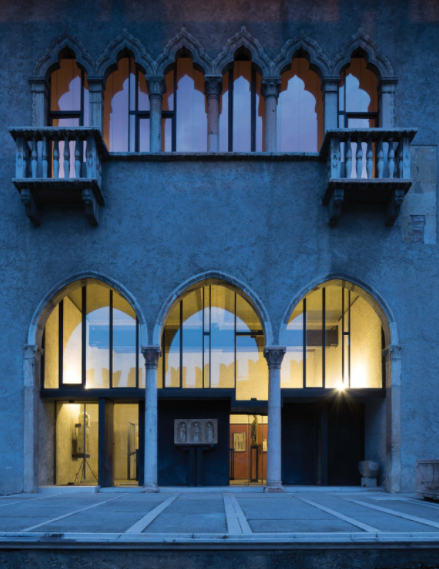
Carlo Scarpa and Castelvecchio, also Contec in the book by Richard Murphy
Carlo Scarpa and Castelvecchio revisited by Richard Murphy (2017, Breakfast Mission Publishing) is the latest book published by the Scottish architect who consolidates his long research about Castelvecchio in Verona. The articulated publication also mentions Contec Ingegneria for its contribution in the processes of enhancement of this iconic historical complex – for the structural part.
Contec Ingegneria is particularly satisfied for the recognition of its extended commitment to the restoration of Castelvecchio. “The museum after Carlo Scarpa” – a chapter dedicated to the most recent history of the complex, to the phases of restoration and enhancement (pages 344 – 348) – mentions the staff of engineers (eng. Maurizio Cossato, eng. Solidea Faedo , eng. Stefano Savoia) who oversaw restoration works over the years: the North-East Tower (1994 – 1996), the South-East Tower (2011 – 2013), the Clock Tower with the garden and the new Mosaic Room opened in 2016. A long relationship connects Contec Ingegneria and its restoration engineering skills with Castelvecchio, a relationship that has also seen the collaboration with another important architect – Peter Eiseman – and its installation “The Garden of lost steps” located in the inner courtyard of Castelvecchio (http://www.eisenmanarchitects.com/passi-perduti.html – http://www.contecingegneria.it/comune-di-verona-museo-di-castelvecchio -2/).
Carlo Scarpa has worked on several occasions in the Castelvecchio Museum, mainly in two phases: 1957 – 1964 and 1967 – 1975. This is perhaps one of his most important projects as it sums up his figure through a highly creative work inside of a building with an already known and complex history. It represents a magnificent example of his personal architectural language, his aptitude for details and mastery in the processing of materials.
His radical and timeless intervention was – and still is – a source of inspiration for museum design specialists from around the world. The author believes that the peak is the installation of the equestrian statue of Cangrande della Scala considered an extraordinary location for a single work of art ever made.
The book analyzes Scarpa’s work as we find it today, but also introduces us to the complex history of the building. It shows the brilliant curiosity and the holistic approach to design in which art and architecture are complementary. Richard Murphy studied Castelvecchio in 1986 and wanted to get to know many of Scarpa’s collaborators, including his artisans. However, “Carlo Scarpa and Castelvecchio Revisited” is different than the previous edition of the same name in 1990: this volume is neither a second edition nor a new analysis. From 198 the pages have become 384, with almost twice the drawings (some were unknown in the first edition) printed in color and with new photographs.
Who is Richard Murphy?
Richard Murphy studied at Newcastle University and later at the University of Edinburgh, where he also taught. His research about Carlo Scarpa and Castelvecchio began in 1986 and culminated in exhibitions (Edinburgh, London and Verona), in a book “Carlo Scarpa and Castelvecchio” and in numerous conferences. With the inspiration of Carlo Scarpa, he wrote a book about Palazzo Querini Stampalia (Venice) and presented a film – directed by Murray Grigor – for the English Channel 4 network. Murphy is an academic of the Royal Scottish Academy, Fellow of the Royal Society of Arts, Fellow of the Royal Society of Edinburgh, Fellow of the Royal Incorporation of Architects of Scotland, Fellow of Edinburgh Napier University and member of the RIBA – Royal Institute of British Architects and in 2016 was elected to the Council. In 2016 he won the “House of the year of the United Kingdom” competition of RIBA/Channel 4 TV with the house in the New Town of Edinburgh that he designed for himself. His work was exhibited in solo exhibitions in Europe and the USA and he exhibited in the British Pavilion at the Venice Architecture Biennale. In 2006 he was elected “Scottish Architect of the Year” by the readers of the architecture magazine “Prospect” and in the Queen’s Honors List 2007 he was awarded an OBE award. He frequently collaborates with trade magazines; moreover he is often cited and reviewed for his work.
For further information about the publication: http://www.breakfastmissionpublishing.com/. The note on Richard Murphy’s text and his biography have been adapted from English by the publisher’s website.
Tags: restoration engineering




